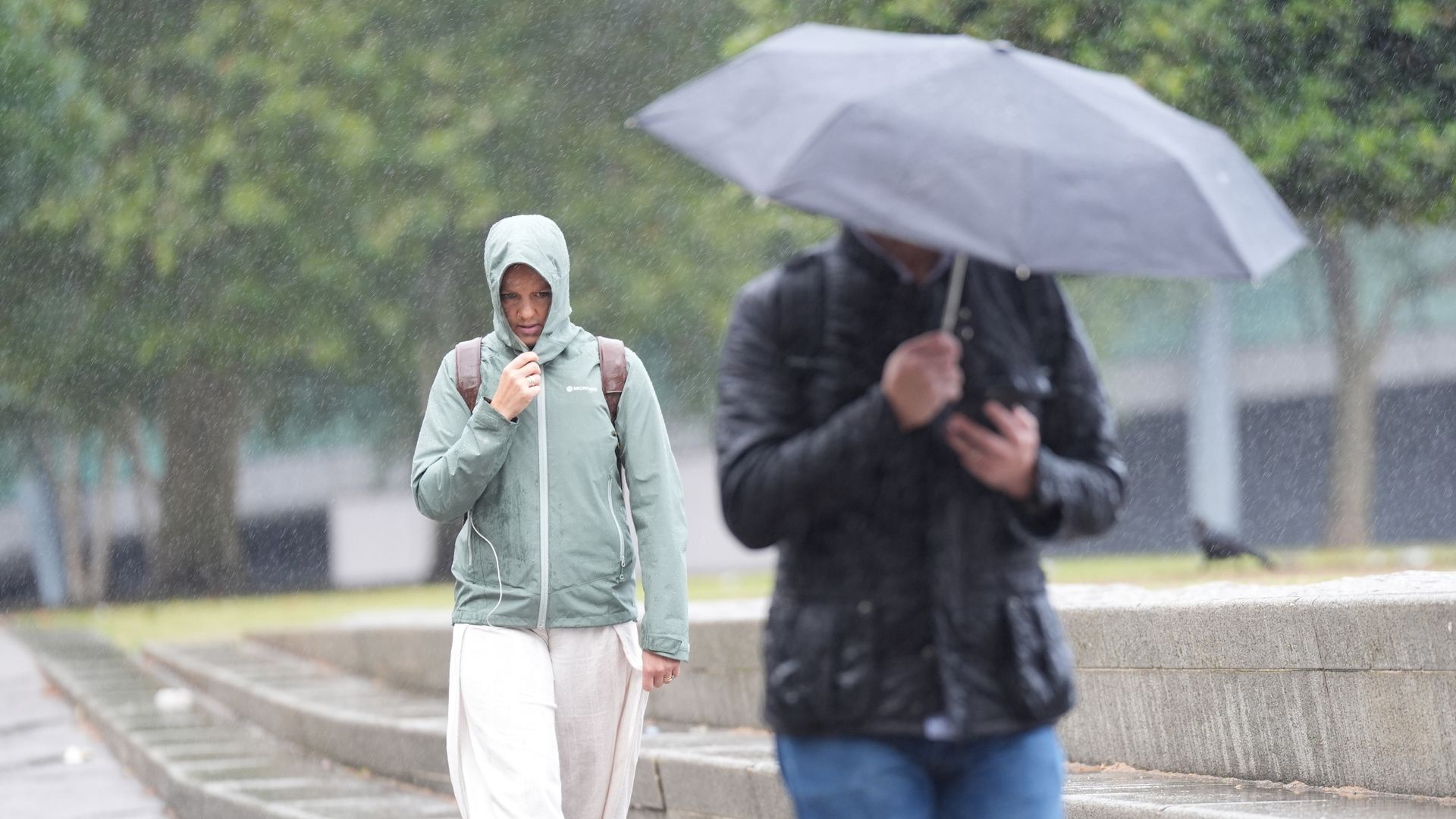The UK has experienced its coolest summer since 2015, according to provisional data from the Met Office.
Despite recent years seeing persistently hot and dry summers – edging into extreme weather at times – 2024 has somewhat bucked that trend.
While a handful of days were hot, they were not close to the heat we’ve seen in recent years and many will have felt this summer didn’t quite live up to expectations.
Check the five-day forecast where you are
However, a lot of how this summer will have been experienced depends on where you are in the UK as there was notable variation across England, Wales, Scotland, and Northern Ireland.
For parts of England, especially the South, South East, and East of England, it was largely business as usual.
But parts of the North West and Scotland saw much higher rainfall, less sunshine, and cooler temperatures on average, according to the provisional data.
After 30C start to September, the rest of the month could see rain, wind and thunderstorms
UK weather: Thunderstorm alert issued across country as Met Office warns of ‘lightning strikes and hail’
Storm names list for next season includes people from Met Office’s history
Similarly, August also saw Storm Lilian named – confirming the storm season to be the most prolific since storm naming was introduced almost a decade ago.
However, while this summer might have been cooler than those it followed, when placed in the historical context it still fits within a wider pattern of a general warming trend – due to climate change.
Met Office scientist Emily Carlisle said: “While this summer may have felt cool compared to recent years, it’s important to note where it sits in a historical context, with the changing climate of the UK increasing the frequency of warmer summers, as can be observed through our observations.
“While climate change increases the frequency of warmer weather in the UK, our natural variability means that we’ll still experience cooler than average summers at times.”
Colder, wetter, greyer
The mean temperatures for both June and July were below average, thanks largely to northern winds bringing down cold Arctic air.
August enjoyed slightly above-average temperatures because of a switch to dominant westerly winds bringing slightly warmer Atlantic air to the UK.
While England only experienced weather 0.07C below the average mean daily temperature (the average across 24 hours), in Scotland and Northern Ireland it was down 0.4C and 0.45C respectively.
Be the first to get Breaking News
Install the Sky News app for free
Parts of Northern Ireland also enjoyed a slightly cooler-than-average summer, according to the provisional data.
This split was also largely true for rainfall, with Scotland having a particularly wet summer, and England particularly dry.
In Scotland, the provisional data says they experienced over one-and-a-half times its average August rainfall with some areas, including Glasgow, Renfrewshire, and Ayrshire and Arran, experiencing double the average rainfall for that month.
Across the same month, England experienced almost a quarter less rainfall than its seasonal average – with Wales similarly seeing less rain than usual.
Read more from Sky News:
New cat joins Larry in No10
Tory councillor’s wife admits stirring up racial hatred
Oasis ticketing system ‘broken’
Keep up with all the latest news from the UK and around the world by following Sky News
The Midlands was said to only have had a third of their expected rainfall.
Wales, Northern Ireland, and large parts of Scotland also saw reduced levels of sunshine this summer.
Only parts of the South and East of England saw increased levels of sunshine.






